Mass Aerial Surveillance Is a Growing Orwellian Concern in the United States
The federal government has been equipping planes with monitoring devices for some time. But how far will law enforcement agencies go in order to watch citizens?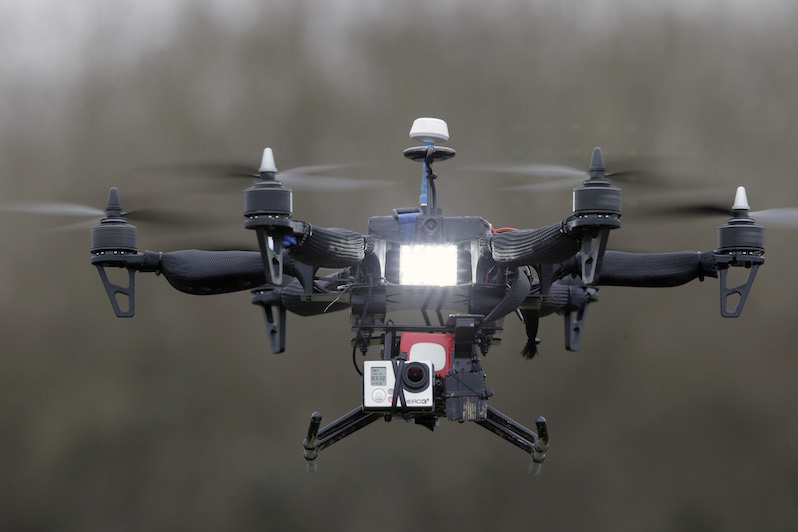
Drones with cameras may be the future of surveillance tools for local law enforcement agencies. (Francois Mori / AP)
Cameras at intersections and in public parks have become commonplace, but are you aware that a plane flying overhead could be tracking your every move?
According to a Bloomberg Businessweek report in August, the city of Baltimore has been conducting surveillance over parts of the city with megapixel cameras attached to Cessna airplanes since at least January. This news comes after activists expressed concerns that mysterious Cessnas were seen flying above Black Lives Matter protests in 2015.
FBI spy planes, equipped not just with cameras but with cellphone surveillance devices as well, have become a new phenomenon in the United States. While the agency says the planes are not designed for mass surveillance, that claim is getting shakier by the day, especially in light of evidence of what’s happening in places like Baltimore.
The Stingray is a mobile cellphone surveillance device the size of a suitcase. Police departments across the country use the devices to collect cellphone data in specific areas of a town or city. The federal government has manned planes with these devices in the past, but to what extent they are in use federally and locally is unclear.
The cameras used in Baltimore appear to provide fairly low-quality images, but that doesn’t mean they aren’t effective.
“They don’t actually have to be able to make out anything about the little pixels that move around, because many times, the location of those pixels gives away everything else,” said Jay Stanley, senior policy analyst with the American Civil Liberties Union’s Speech, Privacy, and Technology Project. “In many cases, it’s literally a one-pixel dot representing a pedestrian, and what house that one-pixel dot emerges from often tells you all you need to know.”
Those pixels can ascertain that someone is in motion, and then detailed footage can be pulled from ground cameras.
Even though the cameras being used in Baltimore don’t provide fine details, that doesn’t mean the government can’t utilize some that do.
“Newer, more powerful surveillance equipment is constantly being developed for the military and intelligence services, and as old technology is replaced, it tends to find its way into domestic law enforcement arsenals,” explained Adam Bates, a policy analyst at the Cato Institute’s Project on Criminal Justice. Three years ago, records show that the federal government’s ARGUS system—video surveillance developed by the U.S. military—was “capable of seeing details as small as six inches from 20,000 feet and [keeping] entire cities under constant surveillance.” One can only imagine what technological advances have been made in the meantime.
Theoretically, the government could equip planes or drones with thermal cameras or radar devices that can see what’s happening inside buildings. That would raise more serious Fourth Amendment concerns.
Drones already are being used to watch people inside our borders. U.S. Customs and Border Protection operates Predator drones, such as those used in war zones. One problem with that is that the federal government can define anything within 100 miles of a border or coast as a border zone, which means millions of Americans could be subject to border security surveillance.
At this time, there is no known widespread use of drones by local police departments. But law enforcement agencies could use surveillance drones in the future.
“That’s why we take very seriously this manned surveillance, because we know it’s going to switch to drones at some point,” Stanley said. He worries that the expansion of aerial surveillance could cause Americans “to internalize the fact that from the minute they walk out their front door to the minute they return home at night, all of their movements are being logged in a government database.”
These types of operations go beyond George Orwell’s worst nightmare.
“We’re not just talking about a [closed-circuit TV] camera on a street corner that can snap your picture passing by,” said Bates. “We’re talking about the ability of the government to identify and track you everywhere you go in public, potentially for days or weeks on end.”
Bates believes aerial surveillance is unavoidable, but he advocates transparency and accountability regarding its use. Limiting how long footage can be retained and when it can be accessed, and putting surveillance programs under independent oversight could lessen concerns about aerial surveillance.
But so far, the law hasn’t favored privacy when it comes to aerial surveillance. “The courts have been pretty clear in denying Fourth Amendment protection from aerial photography,” Stanley said.
He pointed to a 1986 Supreme Court case, California v. Ciraolo, in which police suspected a man of growing marijuana in his backyard. Officers couldn’t see past the fences surrounding the yard and couldn’t get a warrant to enter, so they flew a plane overhead and discovered the marijuana. The court ruled that that action was not in violation of the Fourth Amendment, because anyone in a plane could have seen the marijuana.
Still, there may be hope for privacy advocates.
“The courts, in most cases, did not contemplate continual surveillance, 24/7, over extended periods of time, and the court did sort of find in the Jones GPS case that that kind of constancy matters,” Stanley said, referring to a 2012 Supreme Court case, United States v. Jones, in which it ruled that police putting a GPS tracker on someone’s car is a Fourth Amendment violation.
The issue is, how long can someone be monitored without a warrant before it becomes unconstitutional?
“It’s unclear how the courts will view, from a Fourth Amendment perspective, the long-term, widespread, wide-area surveillance like the kind we’re seeing in Baltimore,” Stanley said.
Privacy rights advocates hope that question gets answered soon.
Independent journalism is under threat and overshadowed by heavily funded mainstream media.
You can help level the playing field. Become a member.
Your tax-deductible contribution keeps us digging beneath the headlines to give you thought-provoking, investigative reporting and analysis that unearths what's really happening- without compromise.
Give today to support our courageous, independent journalists.

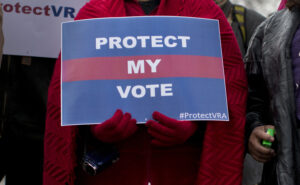
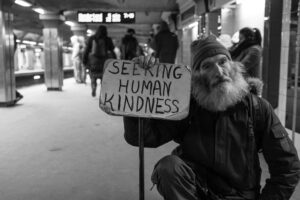
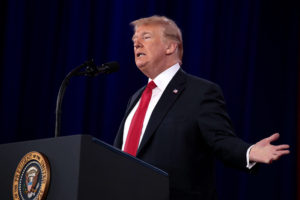

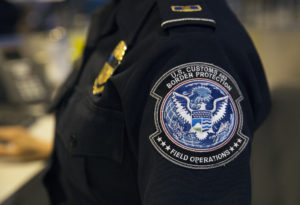
You need to be a supporter to comment.
There are currently no responses to this article.
Be the first to respond.